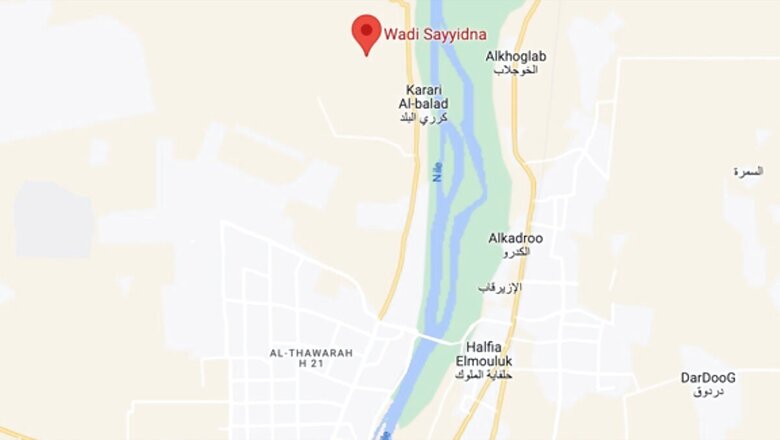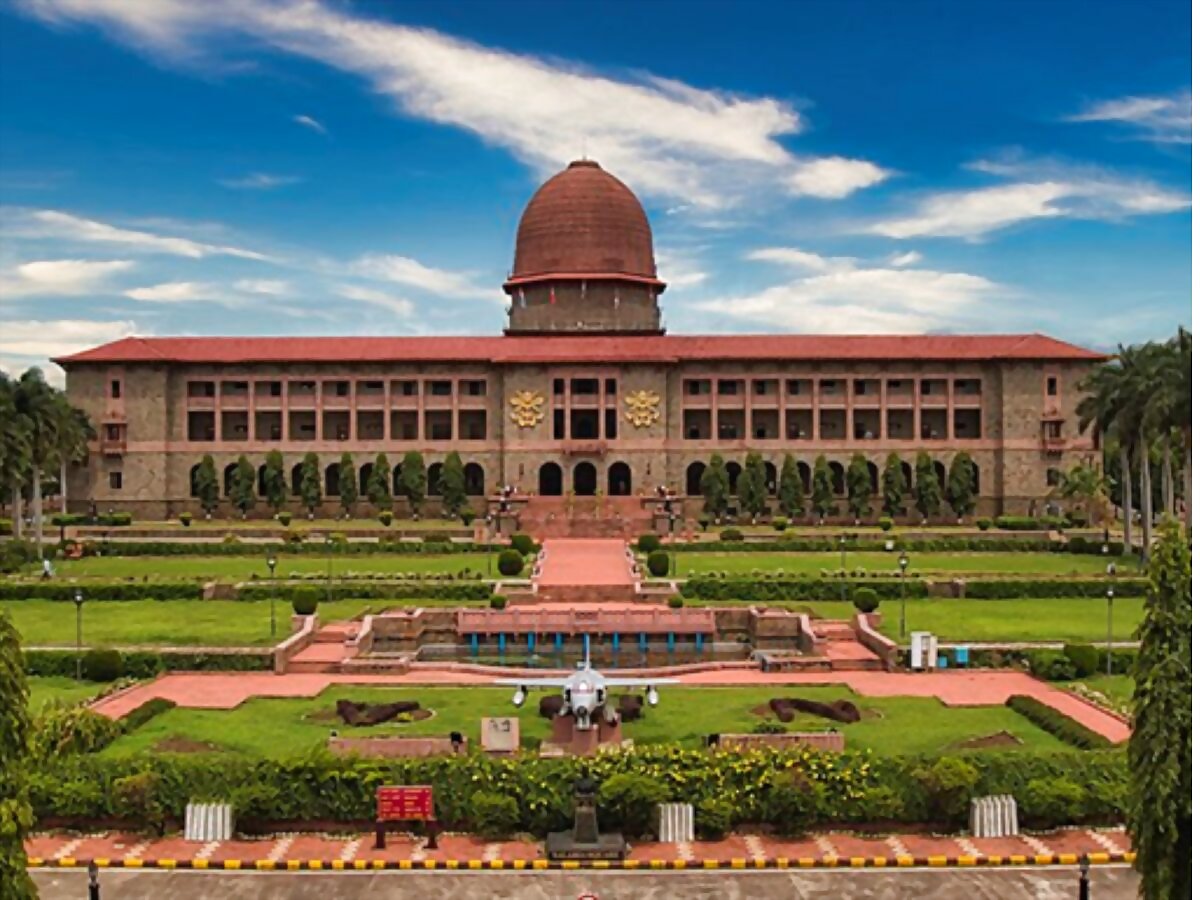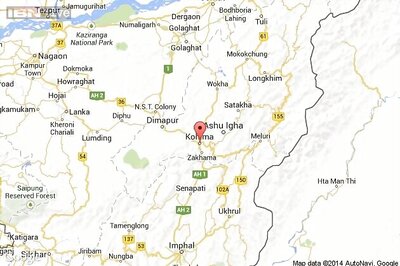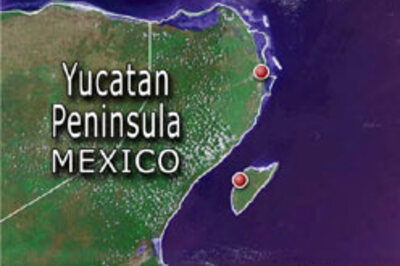
views
On the intervening night of April 27 and 28, a C130J aircraft of the Indian Air Force rescued 121 people from a small airstrip in a place called ‘Wadi Sayyidna’, north of Sudan’s Khartoum. This place is a degraded surface with no night landing facility, navigational aids to approach it or to carry out a landing. It does not even have a refuelling facility. It is simply an open ground, in the middle of nowhere, along the Nile river.
Those who were rescued were taken to Jeddah in Saudi Arabia and, from there, brought or will be brought to India in the C-17 aircraft and on Indian Navy ships.
Republic of Sudan
Situated on the western coast of the Red Sea, north of Eritrea, Sudan is the third largest country by area not only in Africa but also the third largest as far as the Arab League is concerned (before South Sudan broke away). The country has been inhabited throughout known human existence and its history dates as far back as 8,000 BC.
Though sparsely populated, in the 14th and 15th centuries Arab nomads inhabited this land and the Funj Sultanate was formed. On January 1, 1956, Sudan was declared an independent state. After independence, it established a democratic parliamentary system and became a thriving community.
South Sudan, which was composed mostly of Christians, broke away from Sudan in 2011. India and Sudan have enjoyed a great diplomatic relationship. Indian soldiers fought in Sudan during the East African campaign.
In fact, at the National Defence Academy (the West Point equivalent of India, only much larger), there is an administrative block called the Sudan block that was established in honour of the sacrifices of Indian soldiers during this East African campaign. It was aptly inaugurated by then ambassador of Sudan to India, Rahmatullah Abdullah on May 30, 1959.

Why Wadi Sayyidna
Wadi Sayyidna is located 40 km north of Khartoum. At the time of these daring operations, this place was relatively clear of the warring factions. A total of 121 Indians were stranded in Khartoum, waiting to be evacuated, and were taken to this particular location on the evening of April 27. This operation of moving people from Khartoum in itself was quite daring, to say the least, as they drove through areas where active fighting was still on.
The Khartoum airport was unsuitable for an evacuation operation because fighting was still on to gain control of the city. If the air force had waited till morning to evacuate these 121 Indians, it would have resulted in two scenarios: the rescue aircraft would have come under heavy anti-aircraft fire; and these 121 Indians would have been run over by inimical elements, most likely resulting in casualties or a hostage situation.
Therefore, Wadi Sayyidna was chosen to be the area where these 121 Indians were to be rescued from and taken to Jeddah.
Challenges
Wadi Sayyidna did not have any facility for it to be called a runway where aircraft operations can take place. It was a dilapidated strip that was damaged and did not have any lighting, security, water, or navigational aids for it to be used, let alone be used at night. The other challenge in front of the armed forces contingent, led by defence attache Colonel GS Grewal, was transporting these 121 Indians unharmed to this airstrip through the war-torn region, so that they could then fly out to Jeddah safely.
For this, a reconnaissance was carried out well in advance and a route chosen through which the citizens would be taken to Wadi Sayyidna. The presence of one pregnant woman also made it a complex situation as she required medical attention during transportation until she boarded the C130J of the IAF. The medical officer on the ground accompanied the entourage of 121 people to ensure that all their needs were taken care of during this transit. The responsibility of ensuring that the strip continues to be safe for landing, boarding and takeoff was also on Col Grewal and his team.
Air evacuation
Between Jeddah and the Port of Sudan lies the Red Sea. Inland from the Port of Sudan is where along the River Nile, the ancient city of Khartoum exists. The C130J aircraft of the IAF, however, could not use the Khartoum runway because of the ongoing fighting and, therefore, Wadi Sayyidna was chosen.
The airstrip was secured by Col Grewal and his team and the orbiting aircraft landed on this unprepared airstrip at night without lights and kept its engine running while the team loaded 121 people on board. In this daring operation, the Indian citizens were evacuated right across the Red Sea to Jeddah for onward dispatch to India.
This operation reminded me of how Moses split the Red Sea to save his people from Egypt. The aircraft was last seen climbing to 18,000 feet and flying towards Wadi Sayyidna as seen on open-source resources. Tactical routing was resorted to avoid any confrontation. This operation was carried out in a copybook style with all aspects of air operations covered using cutting-edge technology.
What are the cutting-edge technologies that were used?
Technology used in this air evacuation
Tactical landing using night vision devices (NVD): The night vision device used for evacuating stranded Indians is specially designed for C130Js. Unlike the common NVDs used by the army, which only covers one eye, this covers both. However, the challenge is that it is monochrome with a green tinge and does not have enough depth perception and, therefore, distances are measured using the onboard navigational equipment feed-tapped from inertial reference systems overlayed on the heads-up display.
Pilots also use something called ‘relative size comparison method’ to assess the distance. Carrying out landing using only an NVD isn’t easy and it requires a lot of skill and practice, which IAF pilots regularly carry out to keep the art honed for such situations.
Navigational aids: The C130J has exceptional navigation systems on board in which it has multiple inertial reference systems aided by ring laser gyros and continuously updated with global navigation satellite systems like the GPS, GLONASS, NAVIC, WAAS (wide area augmentation system) systems like SBAS (space based augmentation system) and GBAS (ground based augmentation system). This onboard navigation system gives sub-metric level accuracy in maintaining a desired flight path and creating points on the ground that could even be fictitious points in the middle of nowhere. Therefore, dependence on systems like VOR, DME and ILS is practically nil for C130Js.
Creation of synthetic runway using enhanced flight vision system (EFVS): The C130J is armed with a technology called ‘enhanced flight vision system’, or EFVS, which can create a synthetic virtual runway on top of an existing field. This enables the pilot to carry out an approach and landing on this virtual runway from a distance until they pick it up on their NVDs, which perfectly borders the existing runway. It also shows the virtual touchdown point, which also is synthetically created. It also creates a virtual leading light and extended runway centreline lights, which on the ground on an unprepared surface, do not exist. This assists pilots to align themselves with the strip. The power of this EFVS coupled with the energy management display from the engine computer and the flight management guidance system is shown on the heads-up display. The whole thing is tuned to accommodate the NVDs.
A lot of snide remarks and criticism were raised by some elements within India. Some even doubted India’s ability in evacuating Indians from war-torn regions. The IAF and the army, time and again, have proved them wrong by not leaving any Indian behind. ‘Operation Kaveri’ is one such example of India’s capability, which has shown a tremendous boost in the last five to seven years, in carrying out such operations in an extremely professional manner.
There’s a famous adage – ‘No news is good news’. An uneventful, exceptional execution of evacuating these 121 people in the middle of the night shows how professional the armed forces are and how vibrant the Indian external affairs ministry is. Thanks to so many unsung heroes who rose to the occasion to make this operation a resounding success.
(Group Captain MJ Augustine Vinod VSM (Retd) tweets at @mjavinod. The views expressed in this article are those of the authors and do not represent the stand of this publication)
Read all the Latest Opinions here




















Comments
0 comment